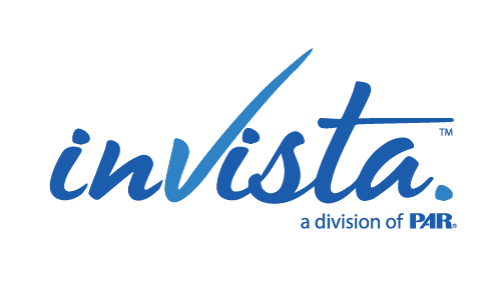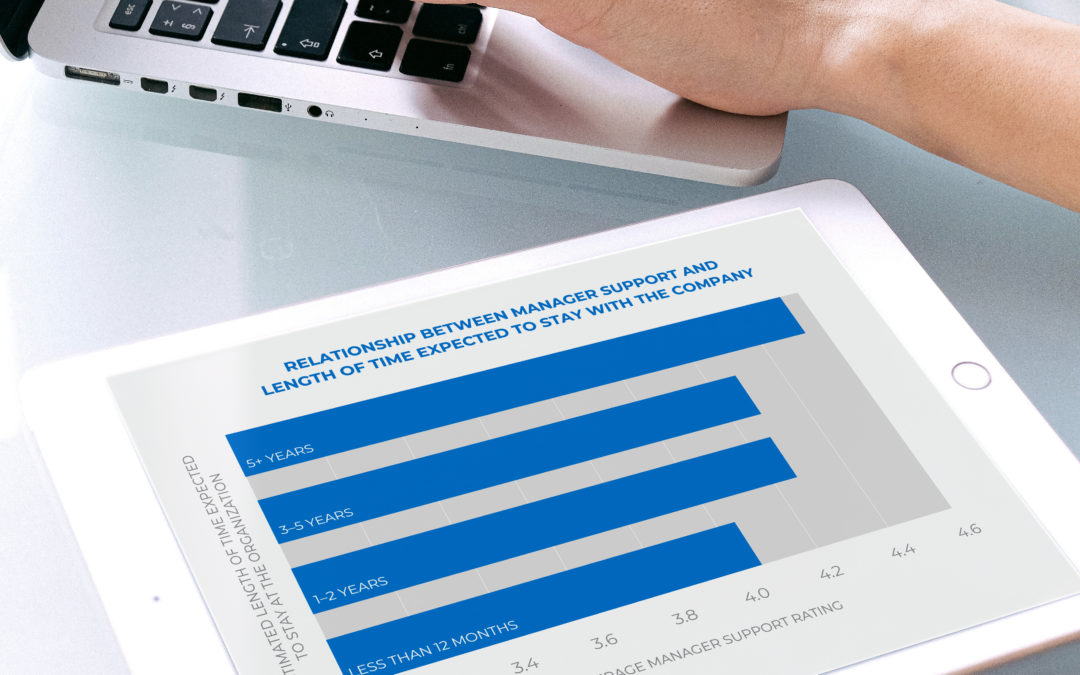Research and experience have demonstrated that too many demands in the workplace take a toll on a person’s health and wellbeing. But what about having too few demands?
What does the literature tell us about work underload?
A 2010 study looked at employees who experience overload, those who experience underload, and those who found a good match between their skills and the demands of the job. Although the consequences of workload were greatest among overloaded employees, employees experiencing underload suffered too. Individuals in this group reported significantly greater negative health symptoms—both physical and psychological—than employees who experienced a satisfactory workload. This result is consistent with another study that found absence due to sickness and psychological distress (i.e., somatic complaints, anxiety, irritability, and depression) were related to work underload.
From an occupational wellbeing perspective, fewer work demands correlates with decreased job satisfaction. Qualitative underload—that is, performing tasks typically done by those less qualified—contributes to an employee’s frustration at work. These effects may be explained by increased stress. Over time, lack of stimulation and meaningful contributions increases stress levels, which leads to unhealthy outcomes. Though the effects of underload may not be as obvious as those of overload in a workplace setting, underload can harm employees physically, psychologically, and professionally.
What does this mean for organizations?
Organizations may be leaving talent and profitability on the table by underutilizing employees. Simply aligning employees’ skills with job demands could add hours of previously lost work and increase satisfaction, which is related to decreased turnover.
Two great ways organizations can mitigate work underload
- Consider redesigning jobs. Examine roles where employees feel underloaded and assign additional, meaningful tasks.
- Provide opportunities for growth to employees who are interested in expanding their skills, tasks, or responsibilities. Ask the employee to identify areas for professional development or recommend them yourself. Employees who have leadership abilities may benefit from the opportunity to mentor and coach others.
The best action for an underloaded employee is to voice their needs. Tell a manager if you can handle greater demands and build the case for why you can accomplish more work. Suggest tasks that fit with your capabilities or that you would enjoy.
Related: The top eight contributors to burnout—and how to overcome them
While it’s challenging to predict and identify each employee’s optimal workload, it’s crucial for the wellbeing of employees and the organization to find the appropriate level. Too many demands deplete employees’ resources, leading to burnout and other health conditions. Employees with too few demands can struggle with poor health and a poor sense of professional accomplishment. It may take a few iterations and different interventions to determine a healthy workload, but the result is a healthy, fulfilled workforce.
For a FREE, complete guide to mitigating the effects of workload on employee wellbeing, click here.


Recent Comments